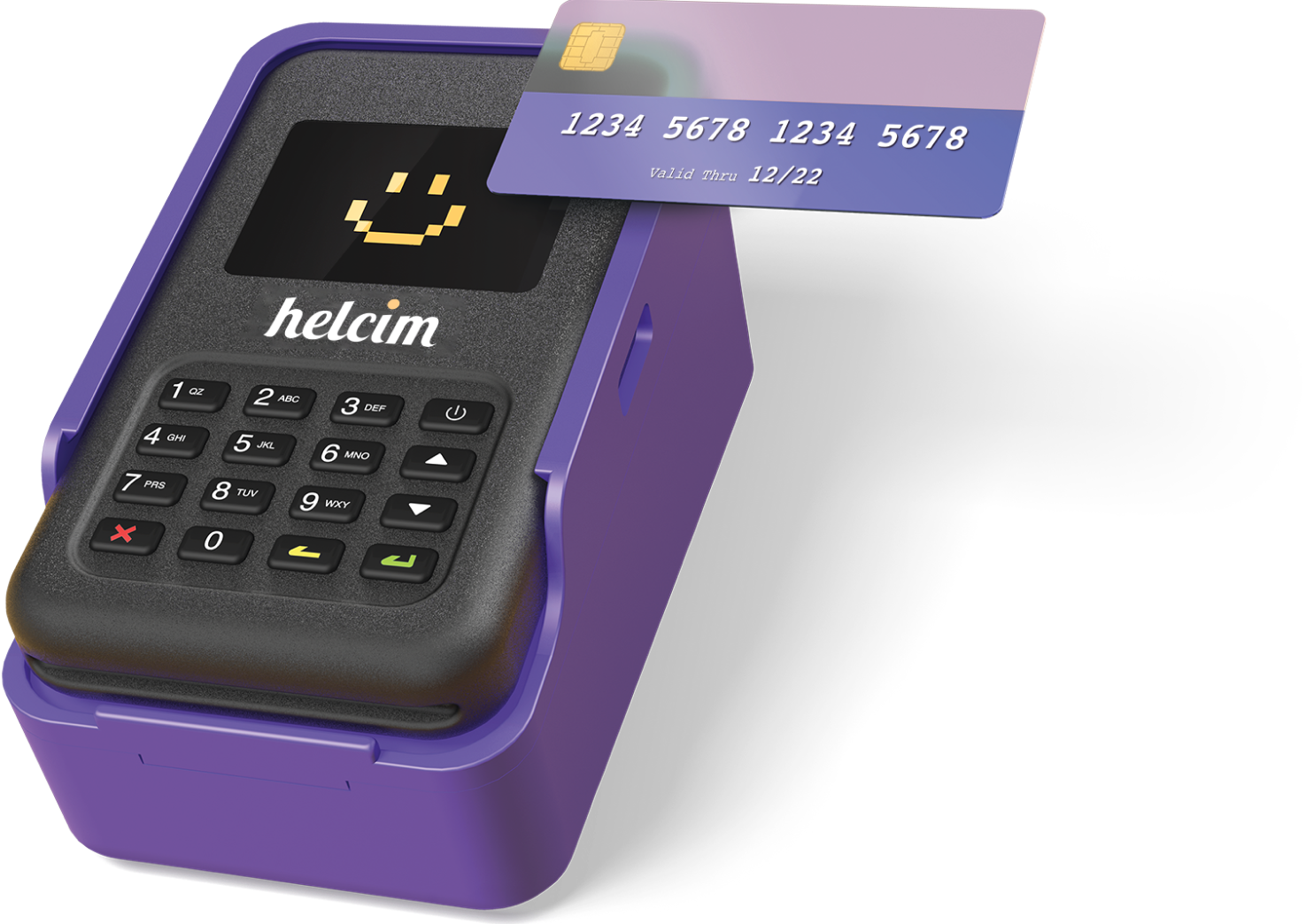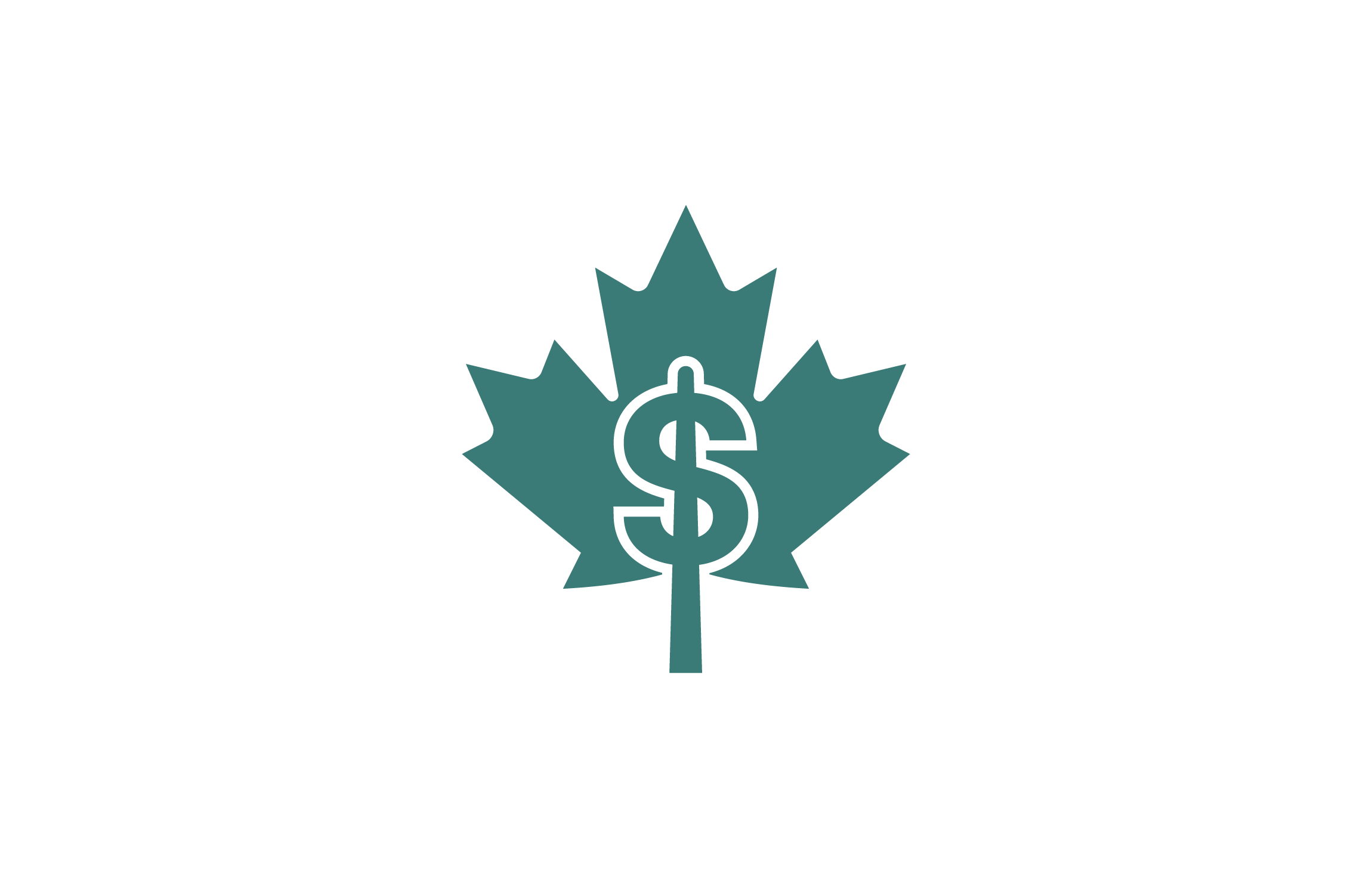To help many people achieve their dreams of homeownership, the Ontario real estate service has an alternative known as a rent to own program. Rent to own is a creative alternative for home purchasing and homeownership with fixed payment agreements.
Owning a decent home is one of many Canadians’ life goals, but few people can realize this goal in their lifetime. Invariably many people end up paying rent for several years without achieving their financial dreams or building their desired wealth. Many Ontario residents are faced with rising house prices and increasing rents.
So how can an average Canadian afford a decent home in a market where housing prices and mortgage requirements seem difficult to meet?
With the influx of people to the province, many people require one loan or the other to make ends meet. As a result, lenders have raised the stake on borrowing requirements, which you must meet to get approved.
With the rising interest rates and stringent housing and mortgage rules, there’s a need for an alternative to house ownership in Ontario. Hence, the rent to own program.
What is Rent to Own?
Rent to own housing plan is a rental agreement offered on the purchase of a home in which the home-buyer commits a certain amount from the monthly rent as a down payment towards the home purchase. It is an alternative option for home ownership.
For those with poor credit ratings or inability to make a down payment for a property due to insufficient funds, a rent to own plan is a suitable plan offered to home buyers in Ontario to become homeowners within an agreed period. Unlike renting, you’ll enjoy a fixed payment, which will not increase during the rent to own term.
Why Ontario?
Ontario is home to the most populous city in Canada, Toronto, and the capital city of the Great White North, Ottawa. As the most populous province in Canada with a population of 14,745,040 as of April 2020, the province received 46.3% of all immigrants to Canada in the first quarter of 2020.
Ontario is the main hub for several activities and organizations, including social, economic, and political institutions. With a diverse culture and over 100 languages spoken, the province is a suitable location for people from all walks of life.
If you chose to live in Ontario, the province has a mix of condos, duplexes, and townhouses for every budget, both in small towns and big cities.
So, are you thinking of renting to own a rental property (home) in any of the 444 towns and cities (municipalities) in Ontario, here’s how it works.
How Rent To Own Works in Ontario
Rent to own program is a specialized real estate agreement in which you rent a home for a certain period of time to purchase the property at the expiration of the lease period and at a fixed price.
As part of the agreement, the renter may be required to make an initial non-refundable deposit as a commitment. In most cases, a portion of the monthly rent payment during the lease period is counted as a down payment for the property purchase if you eventually buy the home after the lease.
As a home buyer with low or no down payment or poor credit ratings, you can take advantage of the rent to own program to secure your first home in Ontario. The Canada Mortgage and Housing Corporation (CMHC) stipulate that only people with good credit ratings can qualify for a home loan. This is a challenge for home-buyers who can’t afford a substantial amount of the home’s value as a down payment.
With the rent to own, when you find a suitable home and homeowner (landlord or rent to own company), you’ll pay a non-refundable fee as a down payment for the home, usually within one to five percent of the home’s market value. This fee locks in the purchase price of the property at the end of the rental period. The rental/lease period is usually one to three years, and sometimes five years.
Every month you make a payment as rent on the property, the landlord sets aside a portion of your monthly rent as a down payment on the home purchase.
After the end of the lease period, you (buyer) have tie options. You can activate the home purchase by securing a loan or mortgage to buy the home with your improved credit rating. Alternatively, you can choose to walk away from the deal and allow the seller to find another buyer.
The rent to own program in Ontario provides an enabling environment to live in the house you aspire to own while also accumulating your down payment. As a result, you’re not limited by the insufficient funds for down payment or bad credit to have your dream home. In this arrangement, your future home purchase price is fixed at the start of the agreement, such that the owner/landlord will not charge you any additional payment.
Requirements for Rent to Own in Ontario
The housing law in Ontario stipulates an agreement required to be entered into by both parties involved in a rent to own program – the renter or buyer and the landlord or rent to own company. When you plan to purchase a home under the rent to own program, you’re required to sign two agreements or contracts with the homeowner before getting access to the home.
The agreements are of two types:
1. Rent To Own Option to Purchase
This agreement or contract provides you with the opportunity to activate the purchase of a rental property after a lease period. The landlord or rent to own company will be obligated by law and as part of the agreement to sell the home to you if and when you choose to activate the purchase option.
The Option to Purchase contract is signed between a homeowner and a tenant to sell a residential property with a non-refundable option fee paid by the buyer/tenant. The option to purchase agreement typically covers:
- The details of the property put up for sale (including the purchase price, floor area, and address).
- The homeowner (seller) details and the tenant (buyer) including full names, phone numbers, and address.
- The lease payment fee and the final purchase price of the home.
- The number of monthly payment deductibles as a down payment.
- The amount of total down payment, etc.
2. Rent To Own Lease Agreement
When you found your desired hone through a rent to own landlord or rent to own company, you’re required to sign a lease agreement, which among other components, specifies the fixed term of the property lease.
The lease term or rental period is usually within one to three years and is subject to both parties’ specific needs. The lease term is intended to give you (the home buyer) ample time to repair or improve your credit ratings towards securing a mortgage at the end of the rental/lease period.
A lease agreement usually includes the following:
- The monthly rent amount.
- The rent payment due dates.
- The methods of payment.
- The date of expiry of the lease contract.
- The date of legal possession of the rental property.
- Responsibilities on home utilities between the landlord and the tenant.
Note: It is advisable to seek an independent legal advisor’s professional counsel to guide you on your rent to own contract and the risks involved before signing an agreement with a homeowner. The information given herein is intended as a guide and should not be taken as professional advice to purchase a rent-to-own home or enter such an agreement.
Is Rent to Own Suitable for You?
Rent to own program in Ontario can help you realize your homeownership dreams regardless of your financial situation or conditions. Rent to own is suitable for:
- Those with poor credit ratings including bad credit, low credit, no credit, or new credit.
- Those who have been denied a mortgage for being self-employed or new immigrants.
- Those still in a consumer proposal or recently bankrupt.
- Those who have low or no down payment.
- Those who have to relocate due to eviction or problems with their house.
- Those whose rent is more expensive than owning a home.
Benefits of Rent to Own Plan
- Rent to own program allows you to become a homeowner and eventually stop paying rent.
- Rent to own agreement allows you to live in the house for the lease period before the home’s outright purchase.
- It enables you to get equity and improve your credit ratings within the lease term.
- Rent to own enables you to purchase a home even with poor credit ratings or insufficient funds to buy a house.
- After the end of the lease agreement, you’re not legally obligated to purchase the house. You can walk away or activate the purchase.
Downsides of Rent to Own
- There’s an inflation of the rental property by most landlords or rent to own company.
- Rent to own agreement has no guarantee that you’ll be able to obtain a mortgage to finance the purchase.
- As a renter/buyer, you are at the risk of losing the down payment to the landlord if you’re unable to purchase the home.
- Some unscrupulous landlords set up unrealistic rent to own agreements at the detriment of the buyer.
Conclusion
Rent to own agreement allows you to live in your desired home and work towards realizing the homeownership by saving for a down payment, improving your credit scores towards obtaining a mortgage.
Regardless of your financial standing, rent to own might be a suitable alternative for becoming a homeowner. However, it is vital to consult a qualified real estate agent and a lawyer to guide and evaluate available options properly. It would be best if you also understood the risks involved before signing a rent to own agreement.












